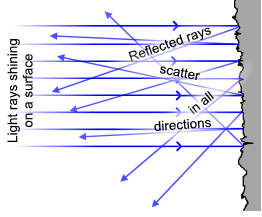80.Restricted ingredients in cosmetic and skin care products
.jpg)
Restricted ingredients in cosmetic and skin care products by regulation. Ingredient Potential toxicity Hexachlorophene Neurotoxic effects Ability to penetrate human skin Mercury compounds Accumulation in the body Skin irritation Allergic reactions Neurotoxicity Bithionol Photocontact sensitization Halogenated salicylanilides Photocontact sensitization Chlorofluorocarbon propellants Hazardous to human health Chloroform Plausible carcinogenicity Vinyl chloride Plausible carcinogenicity Zirconium-containing complexes Lung toxicity Methylene chloride Plausible carcinogenicity help to find the specific skincare product ingredients by "skin+" App.


